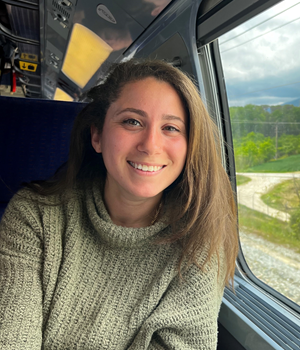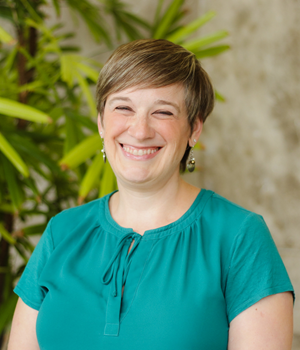
Who are NOVA Youth?
December 19, 2024 at 12:00 pmThe Community Foundation’s data and research center, Insight Region®, launched a dynamic series of deep-dive sessions where we uncover the key factors shaping our upcoming 2025 Children & Youth Report. Each session is led by our Senior Director of Insight Region®, Denise Bellows.
Watch our recording, read our recap questions, and learn more in our blog written by Denise Bellows, PhD and Katharyn Loweth, MS, on Who are NOVA Youth?
This session focused on Northern Virginia’s youth demographics—an essential part of understanding the trends, challenges, and opportunities impacting the next generation.
Slides are available here
This session is ideal for educators, community leaders, policymakers, and anyone interested in better understanding the youth of Northern Virginia to help guide future initiatives and improve outcomes for the next generation.
Read Our Deep Dive Blog - Who Are NOVA Youth?
Recap Questions:
UNDERSTANDING OF THE DATA:What are the key demographic trends you’ve observed in the region's youth over the past few years?
Northern Virginia’s population remains younger than the state of Virginia, but our youngest population continues to decline 2-3 percentage points over a decade in each jurisdiction; slightly more than the decline in birth rates. Our young workforce, aged 18-24 seems to have moved westward, as this population declined in Arlington and Alexandria and increased in Loudoun, Fairfax and Prince William.
Are there any surprising or unexpected findings in the demographics of the youth in this region?
Youth identifying as multiracial and multiethnic increased more than other racial groups over the last decade. Populations identifying as a single race - White, Black, and Hispanic – are declining, but remain the most frequent racial groups reported.
IMPLICATIONS OF THE FINDINGS:
What do you think the current demographic trends of the youth indicate for the region’s future workforce?
Given the decline in our 0 to 4 population, we may need to consider how to bring young families into the region and keep them here. Given the shift in our young workforce, 18 to 24 year olds, it may be important to explore why these trends are occurring and whether they could be related to factors such as wages and cost of living.
How can policymakers and local leaders leverage these demographic insights to improve youth-related programs or services?
Knowing the demographics of the region and the changes over the past decade can help inform future planning with data. For example, it may be important to engage with the growing multiracial and multiethnic youth communities, or prepare resources for the growing share of youth in need of Language Instruction.
What challenges might arise from the changing demographics of youth, and how can the community address them?
Nearly 50% of Northern Virginia’s youth live in immigrant families and this population remains double that of the Commonwealth. This is one way that Northern Virginia is unique within the Commonwealth. It will be important to ensure that we are a community that embraces immigrants and multiple cultures, while also finding our common ground to build strong community relationships.
LOOKING FORWARD:
What recommendations would you give to local organizations or schools based on your findings?
When collecting demographic data from those you serve, aim to be as inclusive as possible when collecting race/ethnicity data, given the vast diversity of our region. Continue to explore youth intentions to stay in this region and challenges related to affordability in Northern Virginia.

 Questions?
Questions? Questions?
Questions?




